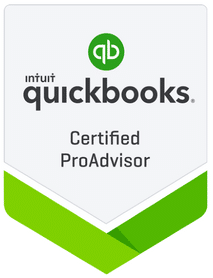- Patrick Roney
- (877) 503-8607
Follow Us :
Follow Us :
Proledge
June 7, 2011

One of the most painful and time consuming tasks in QuickBooks is the process of reconciling the credit card deposits made by your merchant service provider to your bank account. They seldom match because the merchant service provider deducts fees and lumps your clients’ payments in non-chronological order. There is a shortcut to this reconciliation process. It has some drawbacks, but it could save you a lot of time.
Let’s first look at the root cause of the problem. Where do the discrepancies come from?
Net-net, it can be outright frustrating to reconcile all of this. If you have few transactions per month, you can put your Sherlock Holmes hat on and reverse engineer everything to the cent. Experienced bookkeepers can be pretty fast at it. However, if you have a lot of transactions, it can become extremely complex and time consuming. If you are paying a bookkeeper to do this for you, it can add up to your bookkeeping cost pretty rapidly.
There is an alternative solution to this and it can save you a significant amount of time/cost, but it is not as rigorous, and before you embrace the approach that I’ll describe below, you may want to ask your CPA if he/she is OK with it.
Here’s how it works.
The benefit of this “suspense” account technique is that it is much faster and it still gives you some reasonable control. If you see this account spike up, that means that you are not recording things correctly or the merchant service provider is not making the deposits. If you see it go negative, that means that you didn’t record the payments from your clients correctly. The downside is that it is not as precise as the brute force approach. You are trusting that the merchant service provider and the banks are sending the correct information to you and all you are doing is making sure to record it correctly in QuickBooks. Double check with your CPA to see if he/she approves of this approach. If time and money are not an issue, always go for the brute force approach. It’s the most accurate technique, but it can be painful.


Fill out the form below to sign up to our Blog Newsletter and we’ll drop you a line when new articles come up.
Bookkeepers.
Professional. Affordable.
ProLedge is a bookkeeping services firm.
Copyright © 2024 All rights reserved.
Hello. Can we help you?